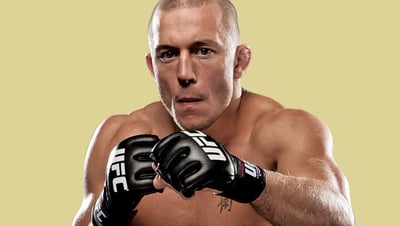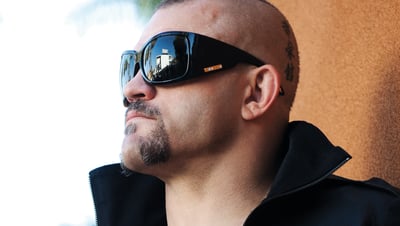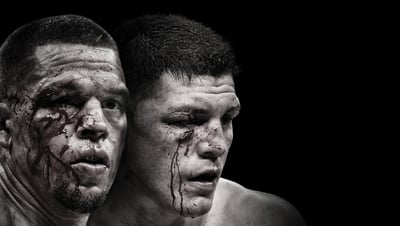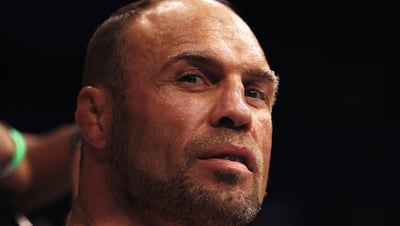
issue 218
June 2025
Ray Klerck uncovers the science-backed truths behind trauma recovery and why MMA might be an untapped frontier in therapy that could save lives
Tough times come to almost everyone. At least 70% of us will experience one seriously distressing event in our lifetime. Forget about lying on a couch in soft lighting, whispering childhood traumas to a doctor, scribbling notes behind a tissue box. There’s growing evidence that participating in combat sports might be the most cost-effective, trauma-slaying intervention that most people are flat-out unaware of. Here are ten reasons why MMA might just be therapy’s meaner, tougher, smarter cousin that gets the results that can really change lives.
1. YOU LEARN TO BREATHE THROUGH PANIC
Most people hyperventilate through stress. Fighters? They don’t get that luxury. In jiu jitsu, breath control is pure survival. A study in the Journal of Physical Education and Sport found black belts had significantly lower anxiety than non-fighters during high-stress events, primarily thanks to expert-level breathwork and freakish self-regulation. This means their bodies rebounded faster from stress and stayed calmer under duress. That’s the science behind the chaos. While therapy diagrams breathing on a chart, MMA fighters master it mid-combat, rewiring their stress response one training session at a time.
2. MMA IS EXPOSURE THERAPY
Trauma can rewire your brain to fear intense situations. MMA training doesn’t gently talk you out of it. Instead, it grabs you by the collar and reintroduces you to it, slowly and under control. Psychologists call that exposure therapy. Instead of talking about fear, you live it. Fighters call it sparring. A study in Psychology of Sport and Exercise found martial arts training reduced anxiety and depression. It did this by improving emotional regulation and inhibitory control, which are core mechanisms in trauma recovery. That awareness is key to taming anxiety. And unlike therapy, there’s no sofa, no clock-watching, and no pretending to be fine while internally screaming. You feel the fear. Then you punch through it.
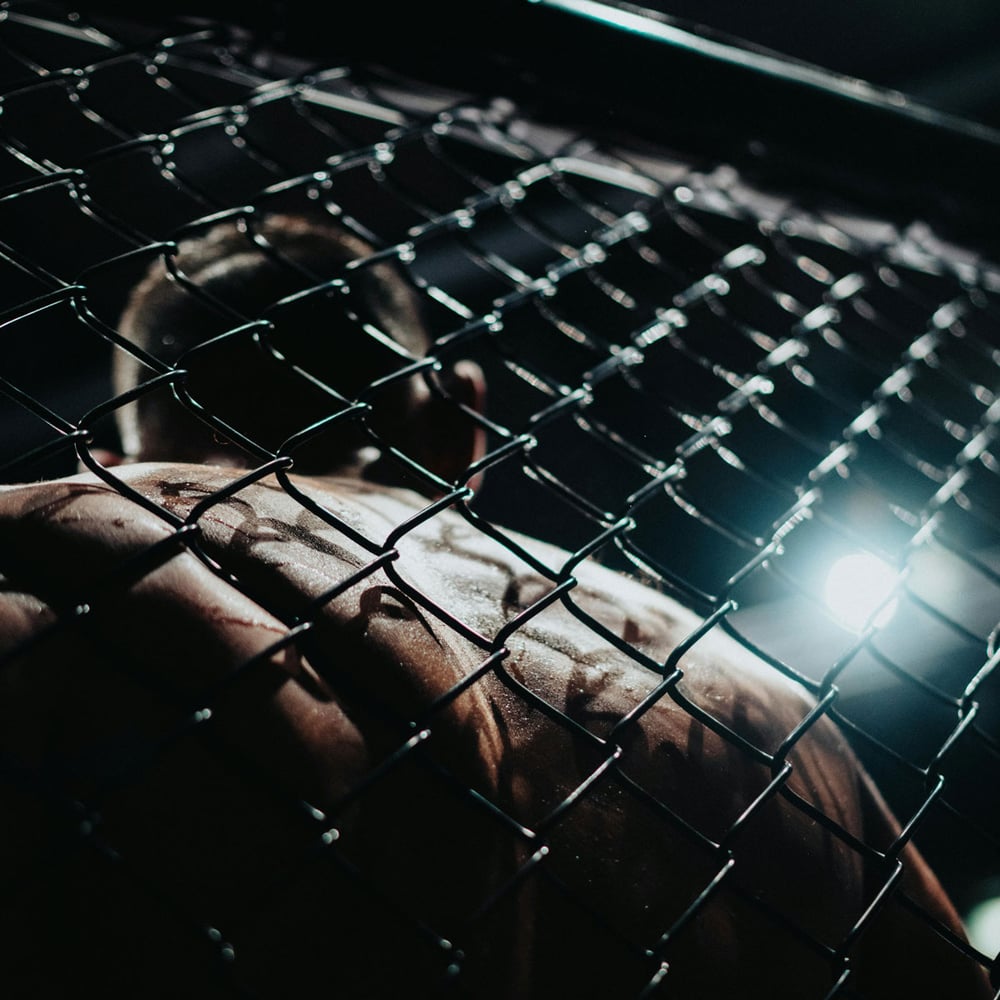
3. IT'S CHEAPER THAN A SINGLE CRY SESSION
Let’s talk numbers. A one-hour therapy session in America averages $150. Once a week for a year? Almost $8,000. A top-tier MMA gym membership runs at around $200 a month, where you’d go 2-4 times per week. That’s roughly $2400 per year. For the cost of 16 therapy sessions, you get a year’s worth of physical intensity, emotional release, sweaty community hugs, and a rock-solid left hook that may save your life if it's called upon. That’s more than just cost-effective; it’s healing on discount.
4. IT MOVES TRAUMA USING NEUROTRANSMITTERS
You don’t just store trauma in your brain. You stockpile it in your traps, hips, gut, etc. Trauma can get locked into all of your tissues, as described in Bessel van der Kolk’s seminal book The Body Keeps The Score. Fortunately, MMA can liberate the trauma locked in your tissues using hormones and neurotransmitters. A paper in Scientific Reports found that all forms of martial arts release oxytocin and serotonin, which are your hormonal and emotional repair squad that can heal your tissues from the inside out.
5. YOU GAIN SELF-CONTROL IN CHAOS
Trauma makes people understandably reactive, which can manifest in snap decisions, anger outbursts, and emotional freezes. To those reactions, MMA says not in our dojo. The Scientific Reports research showed martial arts training improves self-control in at-risk youth. You learn to stay calm when someone’s trying to rearrange your cheekbones. You breathe instead of break. That pause between action and reaction? That’s power. That’s healing. That’s what a therapist might call emotional regulation. Those who have been there call it not getting choked out.
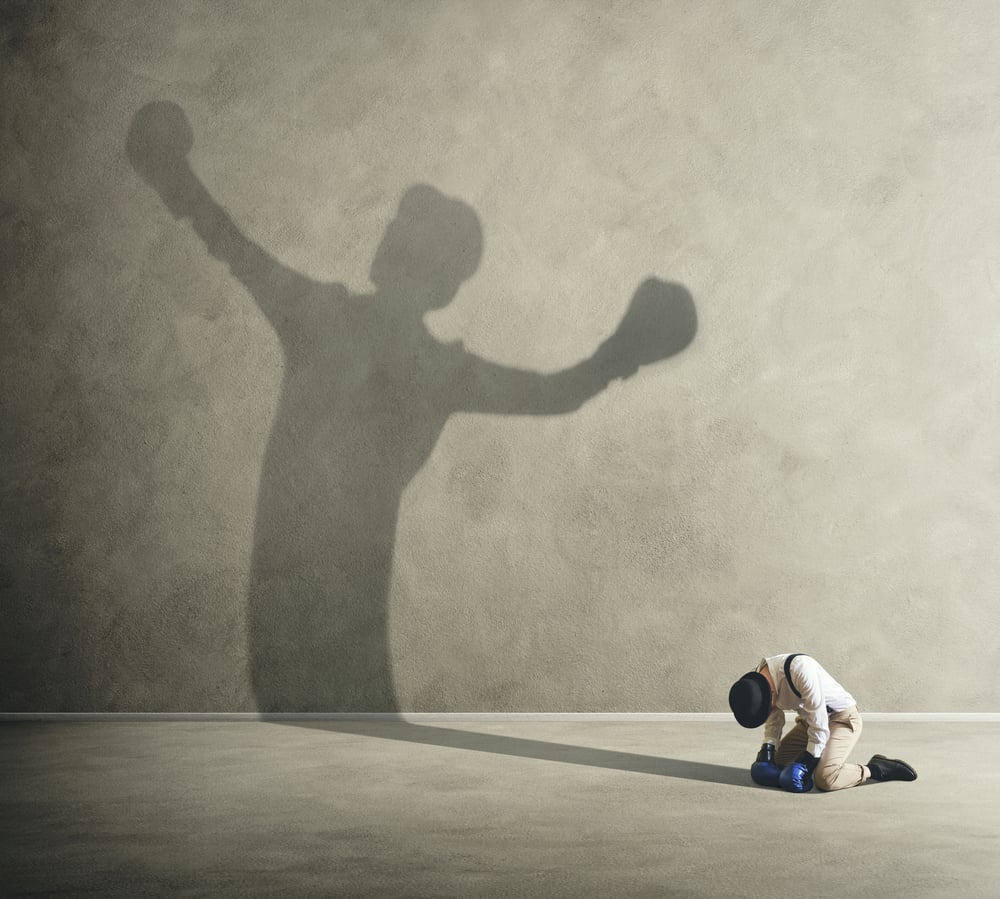
6. PEOPLE DON’T BAIL ON IT LIKE THEY DO THERAPY
Up to 60% of therapy clients ghost the whole experience before they hit session five. Why? Because talking about your trauma to a stranger may feel like slow torture that leaves you emotionally and physically exhausted. But MMA? You get hooked. You learn stuff. You’re humbled, yes, but in the best way. Sure, MMA is exercise, and research suggests that 15-20% of people trying to exercise for the first time tend to drop out after 6 months. That means your odds of sticking to any exercise are far better than your odds of committing to a meaningful trauma therapy protocol.
7. MMA RALLIES YOUR TRIBE
Trauma isolates. MMA connects. You'll find your crew even if you're a mouse-quiet introvert. And unlike therapy, where it’s just you and your feelings, MMA puts you in a room full of sweaty, flawed humans trying to better themselves. You’ve got a corner. You’ve got a team. Just ask Paddy Pimblett. After a win against Jordan Leavitt, he talked trauma, not trash. His post-fight plea to men to speak out before it’s too late lit up the arena harder than any knockout. It cracked open the shell of old-school silence and reminded the world that even warriors carry wounds.

8. MINDFULNESS THAT HITS BACK
Trauma can fray your fuse. While therapy teaches you to slowly rewire it using plenty of deep questions, MMA teaches you to rewire that fuse under pressure. A 2025 study on university taekwondo athletes found those with greater emotional stability also had higher self-control. When you’re sparring, you can’t afford to spiral emotionally. You breathe. You respond. You stay present, or you get knocked. While therapy may teach you to regulate emotions through metaphors, sparring lets you feel the chaos and stay calm inside it.
9. THE RIGHT GYM BEATS THE WRONG THERAPIST
Trauma therapy works, especially if you vibe with your therapist. The same stands for MMA therapy. The magic isn’t in the modality. It’s in the environment. A 2024 systematic review in Psychology of Sport & Exercise found combat sports consistently boosted mental health markers: less depression, less anxiety, better mood, sharper emotional control, and overall psychological glow-up. However, they only worked really well when the training was delivered in respectful, structured, non-violent gyms. That means no ego-laced meatheads dry-humping you into a trauma relapse. No Cobra Kai cosplay. Just a safe, humble space where people get better, together. MMA isn’t fighting. It’s fighting for yourself.
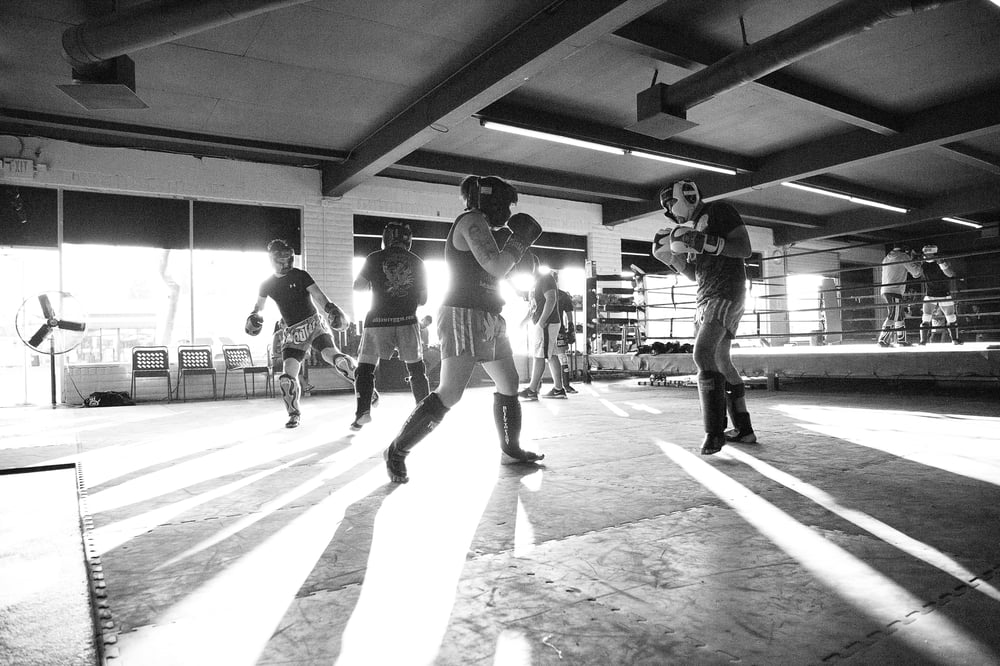
10. IT MAY WORK WHEN ALL ELSE FAILS
Some people try therapy and walk away colder. The sessions may poke the wound but never offer relief. In contrast, MMA engages your whole nervous system, demanding honesty. A European Journal of Sports Science paper found that combative sports increased emotional control, social behavior, and psychological resilience. For some, it’s the only thing that finally cracks through the shell. Not with words but with movement that can release trapped emotions.
THERAPY TALKS - MMA TRANSFORMS
Let’s be clear: therapy works. For many people, it’s lifesaving. The right therapist, at the right time, can help you unpack and heal. No shame. Full respect. For others, talking feels like showing up to a fire with a glass of water. Especially when your trauma isn’t just sadness. It’s rage. That kind of heat doesn’t always cool down with conversation. Sometimes, you need to hit something. MMA gives you that outlet. No judgment, just sweat, structure, and space to let it rip. Healing doesn’t always happen on a couch. Sometimes it happens mid-round, mid-scream, mid-punch, and that’s okay.
...



